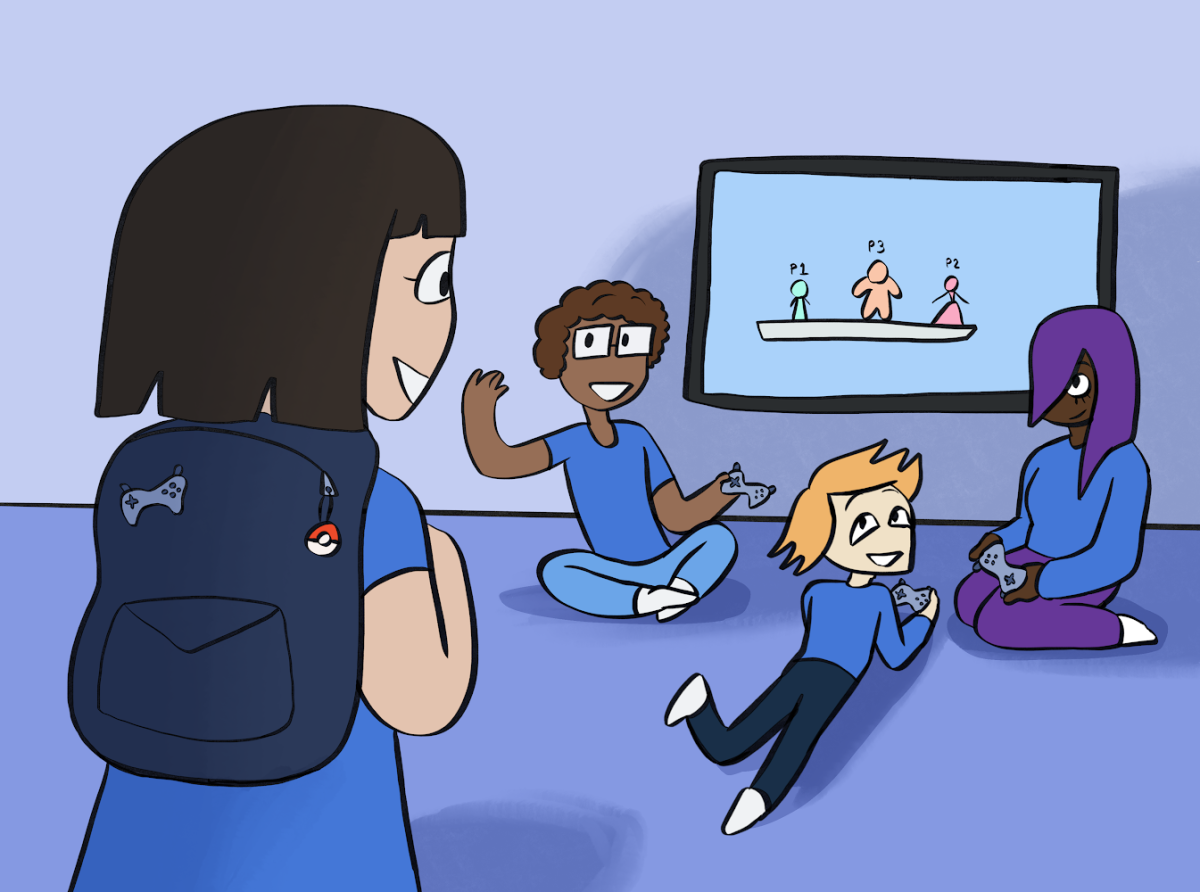Social media, fashion magazines and product advertisements are all selling the same thing: an illusion. Most images of celebrities and models are retouched with the use of Photoshop to create an unrealistic image that many people believe represents reality. This poses a problem, especially to the younger population. Younger, developing minds look up to the people in these images and aspire to have a similar physical appearance as them, when in fact that is not even their role models’ true appearance. In turn, this causes young people to have psychological problems, such as eating disorders and depression.
The American Medical Association has released a policy about Photoshopping models and eating disorder prevention. “The appearance of advertisements with extremely altered models can create unrealistic expectations of appropriate body image,” said American Medical Association representative Dr. McAneny for Psychology Today. “We must stop exposing impressionable children and teenagers to advertisements portraying models with body types only attainable with the help of photo editing software.”
Although one could argue that the manipulation of celebrity and model’s images has been going on for years with the use of makeup, new programs like Photoshop have taken this manipulation to a whole new level. Not only are they using makeup, but they are also airbrushing facial features and slimming down body figures to half their weight. Most of the “victims” of Photoshop enhancement are not even asked first when their photos are manipulated.
Lady Gaga, who formerly struggled with an eating disorder, is no stranger to being a victim of photo editing. On Gaga’s 2013 Glamour magazine cover, her skin and hair seemed faultlessly smooth. “ I do not look like this when I wake up in the morning… I don’t even look like this,” said Gaga in Time magazine. Gaga believes that the use of Photoshop is damaging to the magazine’s readers and encouraged her fans to “fight back against the forces that make them feel they are not beautiful.”
Singer Colbie Caillat not only went makeup and Photoshop-free for her music video “Try,” but also wrote the song about her teenage image insecurities. “I remember when I was a teenager, I was so confused about how I should look, and I tried changing every single thing about myself… If girls at that age were just comfortable in their own skin it will benefit them for the future,” Caillat told Time magazine. However, the real question is how can young people be comfortable in their skin when they are surrounded by unrealistic images of what society calls perfection?
A study on behalf of New Look in London found that 15 percent of the 2,000 18-24 year old women surveyed believe that the images of celebrities and models they see in magazines accurately depict what they look like in reality. After seeing these images 33 percent of women polled feel the body they yearn for is not possible for them to achieve. The survey also concluded, “9 in 10 people would like to see a broader range of body shapes shown in advertising and the media.” So, why do fashion magazines and advertisers continue to alter their models images and misrepresent beauty to the viewers?
Gaga decided to challenge the media after her picture was photo edited. “It is fair to write about the change in your magazines. But what I want to see is the change on your covers. When the covers change, that’s when culture changes,” Gaga said. So, with the development of more technology such as filters and photo editing software will our culture continue down the path of illusion or will it take the “road less traveled” towards change?
Given my optimism induced by companies like Aerie, an American Eagle Outfitters brand, I believe that the road less traveled will be the path chosen for the future. Aerie’s Spring 2014 campaign included no retouched photos or super models to introduce its new line of women’s apparel and lingerie. The campaign’s message stated,“it was time for a change because there is no reason to retouch beauty.” The photos displayed a variety of body types, so every type of body could feel confident in the company’s clothing. Campaigns like this give me hope to believe that other popular companies will stop selling the illusions and start selling real beauty.







